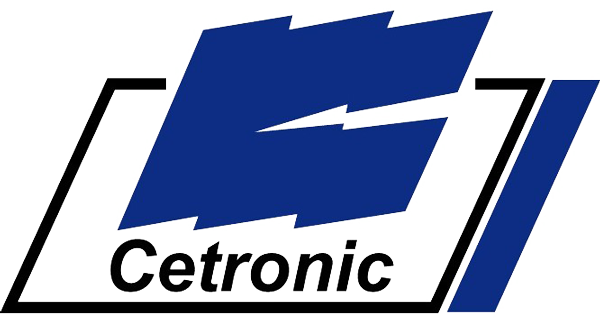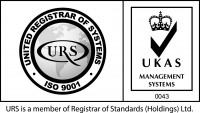Menu
- About Us
- Product Type
- Product Range
- Services
- kVA Guide
- How To Know What Size UPS You Need?
- Standby Power Guide
- Glossary of UPS System Keywords
- Single Phase UPS Systems
- Three Phase UPS Systems
- UPS System (Uninterruptible Power Supply) - 3kVA
- UPS System (Uninterruptible Power Supply) - 5kVA
- UPS System (Uninterruptible Power Supply) - 10kVA
- UPS System (Uninterruptible Power Supply) - 20kVA
- UPS System (Uninterruptible Power Supply) - 30kVA
- UPS System (Uninterruptible Power Supply) - 40kVA
- Case Studies
- Blog
- FAQs
- Contact Us
Close





